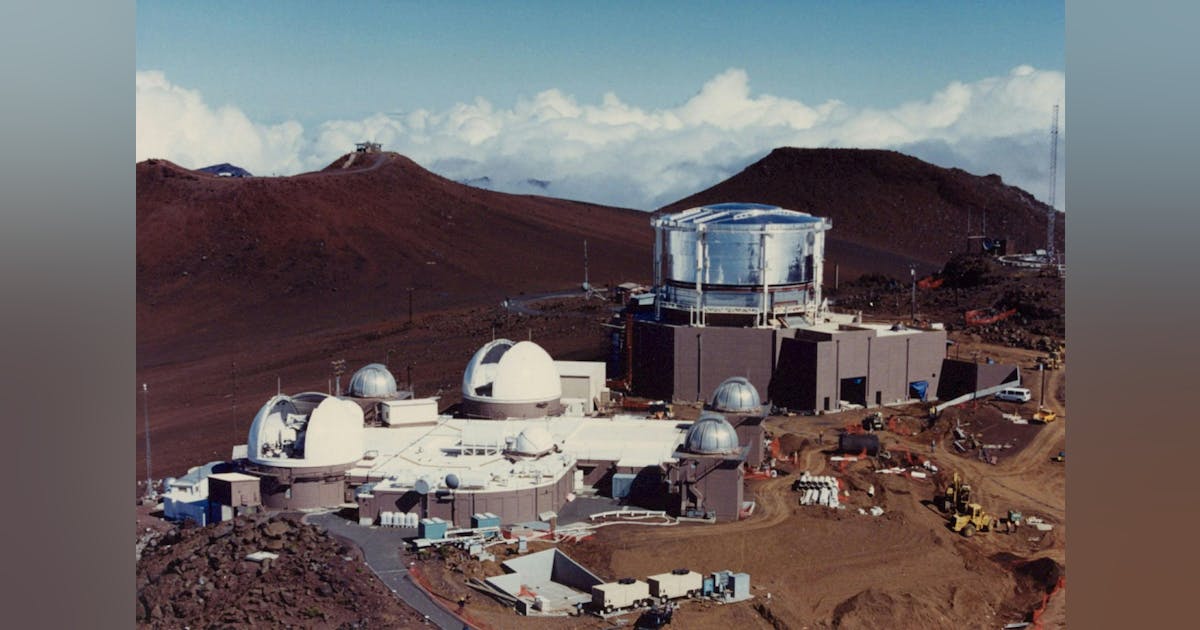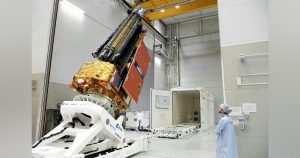KBR to Enhance and Maintain Air Force Supercomputer and Electro-Optical Center for Space Domain Awareness
Published on February 26, 2025
The Air Force Maui Optical and Supercomputing (AMOS) site located at Haleakala Observatory in Hawaii is indispensable for the Air Force’s operations, facilitating the maintenance of orbiting satellites while also tracking man-made objects in space.
Kirkland Air Force Base, N.M. – In search of crucial technology upgrades and ongoing support for the AMOS, U.S. Air Force researchers have partnered with KBR Inc. from Houston.
The Air Force Research Laboratory, specifically its Directed Energy Directorate at Kirtland Air Force Base, announced a substantial contract valued at $176 million for KBR over the next seven years to bolster support for AMOS.
Enhancing Space Domain Awareness
KBR’s role involves providing operational and equipment maintenance support as well as modernization and recapitalization of the existing legacy capabilities for space domain awareness at the Maui facility.
The AMOS plays a vital role in enabling the Air Force to efficiently operate and maintain satellites, as well as track man-made objects within the expanses of outer space. This facility excels in maintaining situational awareness of the locations and capabilities of all man-made assets in the cosmos.
Notably, the Directed Energy Directorate operates two significant telescope sites for situational awareness—the AMOS in Maui and another at Kirtland AFB.
Satellite Identification Capabilities
Research conducted at the AMOS encompasses numerous areas, including satellite detection and identification, atmospheric compensation for imaging, astrodynamics, sensor development, and advanced modeling. The site has been instrumental in identifying and tracking spacecraft payloads, and communication satellites.
The research output includes satellite imagery, positional data, and sophisticated image processing techniques. Recently, the Air Force Research Lab implemented a sodium guidestar, enabling the projection of light into the sodium layer of the atmosphere, which creates a simulated star for observational purposes.
Situated at 10,000 feet above sea level, the Maui Space Surveillance System leverages its visible and infrared sensors alongside telescopes to acquire imaging data on both near-Earth and deep-space objects. The research lab’s experts analyze and disseminate this critical data to meet current needs for space domain awareness.
The Maui High-Performance Computing Center is dedicated to optimizing early production supercomputer technology, supplying transformational software solutions for military applications, and exploring pioneering supercomputer innovations, offering solutions tailored for high-priority defense programs.
Under this contract, KBR’s operations are set to take place in Maui, Hawaii, with the expected completion slated for April 2032. For more details, you can reach KBR via their website at www.kbr.com, or contact the Air Force Research Laboratory Directed Energy Directorate at www.afrl.af.mil/RD.













